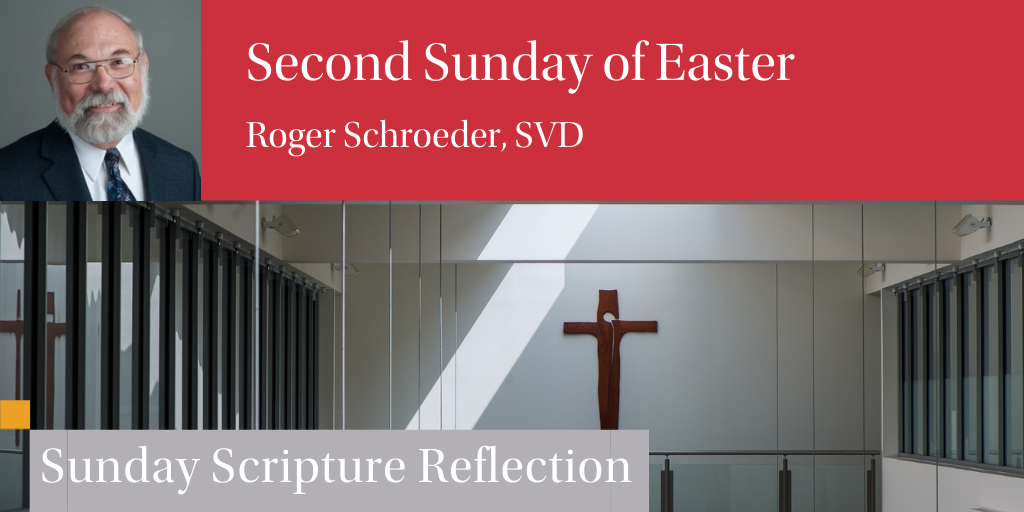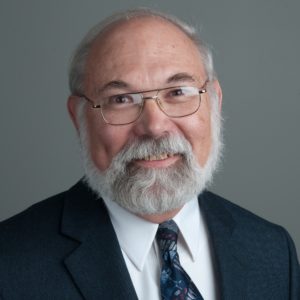

Readings:
Reading I: Acts 5: 12-16
Psalm 118: 2-4, 13-15, 22-24
Reading II: Revelation 1: 9-11a, 12-13, 17-19
Gospel: John 20:19-31
Last Sunday we celebrated Easter hope, resurrection, and new beginnings. The Second Sunday of Easter presents us with challenges and opportunities as we return to daily life. The gospel of John describes the post-resurrection appearance of Jesus to the disciples, who were behind locked doors. Jesus showed them his wounds, the marks of suffering and death, and then he blessed them with peace and sent them with the Spirit as witnesses of good news. “Peace be with you. As the Father has sent me, so I send you…. Receive the Holy Spirit” (John 20:21-22). The faith of the apostles moved them to the point that they would witness to Thomas, when he returned, with the words “We have seen the Lord” (John 20:25). However, the period of going out beyond the locked doors probably didn’t occur until Pentecost. It takes time.
The focus of John’s gospel then follows Thomas, who said he would not believe unless he actually saw the wounds of Jesus. When Jesus returned again, he invited Thomas to touch the marks of suffering and then believe. Popularly, he is known as “doubtful Thomas,” which often has a negative connotation. But isn’t doubting often a natural stage or moment in our personal, spiritual, and communal life, which can lead us to something more? Isn’t it natural to have some doubts after a critical moment of either an extreme “low” (like Jesus’ death for the disciples) or an extreme “high” (such as after the “honeymoon stage” of a wedding, a life commitment, or the profession of religious vows). When I went as a young missionary to Papua New Guinea, I remember the honeymoon stage of unbelievable bliss and enthusiasm turning six months later into questions of “Why am I here?” This culture shock and doubt later developed into a very deep and resilient sense of meaning, commitment, and mission.
Let’s return to Thomas. In response to Jesus’ invitation to move from unbelief to belief, Thomas proclaimed “My Lord and My God!” (John 20:28). “Thomas’ confession then stands out not only as the most profound of the Gospel but arguably the clearest declaration of Jesus’ divinity in the entire New Testament” [Urban C. von Wahlde, The Jerome Biblical Commentary for the Twenty-First Century, Third Full Revised Edition (2022), 1440]. Perhaps Thomas’ faith would not have been so profound if he had not gone through that phase of doubt.
Sometimes we may wonder if the doubting or searching stance of young people and others who are no longer or never have been part of a church community is a dead end. It led Thomas to a deep faith and the other disciples to eventually leaving the locked doors behind to be “missionary disciples.” Healthy doubting can enable us to replace false ideas about ourselves, others, suffering, and God with deeper faith in ourselves, others, and God. Certainty can freeze and stagnate us, while doubt (and searching) can lead us to embracing the New Life of Easter! This is part of the post-Resurrection challenges and opportunities in daily life.
Louis J. Luzbetak, SVD Chair of Mission and Culture